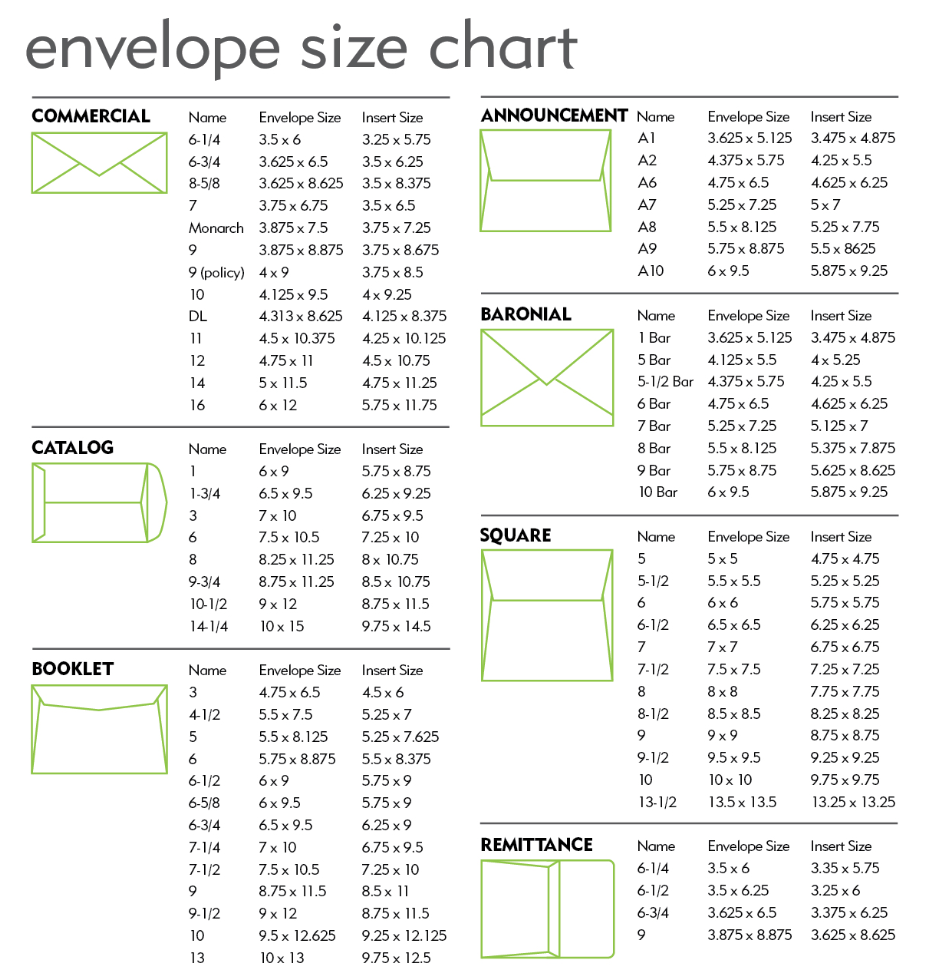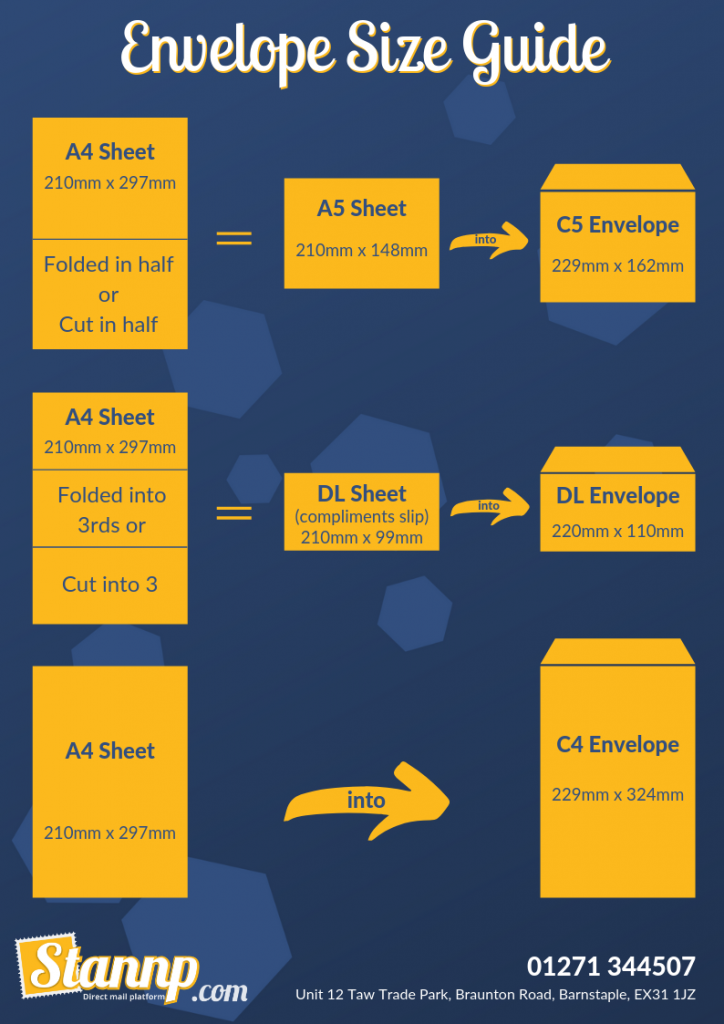

- #STANDARD ENVELOPE SIZES UK SOFTWARE#
- #STANDARD ENVELOPE SIZES UK ISO#
- #STANDARD ENVELOPE SIZES UK SERIES#
- #STANDARD ENVELOPE SIZES UK WINDOWS#
Paper and card are organised by an 'A' system and are ordered by the largest sized first. The below size chart will help you understand the size you require for your latest project or creation. However, don’t print on window envelopes with laser printers-the window material will melt because of the contact with the printer’s heating element.Looking for the right sized paper or card? Our easy to use size guide will help you chose the perfect sized paper and card for your needs. When printing addresses on envelopes or labels, it’s recommended that you use a laser printer-ink from inkjet printers is susceptible to moisture, and the address may get blurred or even completely unreadable on the way.
#STANDARD ENVELOPE SIZES UK SOFTWARE#
#STANDARD ENVELOPE SIZES UK ISO#
Note: Although DL is not part of the ISO C series, it is a very widely used standard size. NameĪ4 sheet folded in thirds, A5 sheet folded in half lengthwise Very common The sizes are provided in millimeters and in inches (for reference).
#STANDARD ENVELOPE SIZES UK SERIES#
The B series is an alternative, and is much less common than the C series. For example, a C5 envelope will accommodate an A5 sheet flat or an A4 folded once. The C series was designed to accommodate ISO A paper sizes (see Paper Sizes and Formats Explained).

These envelopes are widely used all over the world. There are no standards for these (at least which we are aware of).

#STANDARD ENVELOPE SIZES UK WINDOWS#
Note: The sizes and positions of windows may vary greatly, and depending on the manufacturer. The three probably most popular envelope sizes with double windows are: Such envelopes are often used for checks and invoices. The most common (and recommended by USPS) window size is 1 ⅛ × 4 ½, and the position ⅞ in from left and ½ (often ⅝) in from bottom, but there are lots of variations. Theoretically, nearly each envelope type and size may have a window, this generally depends on the manufacturer. Open window envelopes are growing in popularity as more environmentally friendly, however, they are less secure. Normally translucent plastic is used as the window material. They are cost-efficient, since the name and address shows through the window, eliminating the need to address the envelope.

Window envelopes are most often used for bills, though they’re also popular for marketing purposes. There are also Metal Clasp, Coins, and probably other styles, which are not listed here because they are either rare, too small or too large, or not suitable for printing (such as Metal Clasp).


 0 kommentar(er)
0 kommentar(er)
